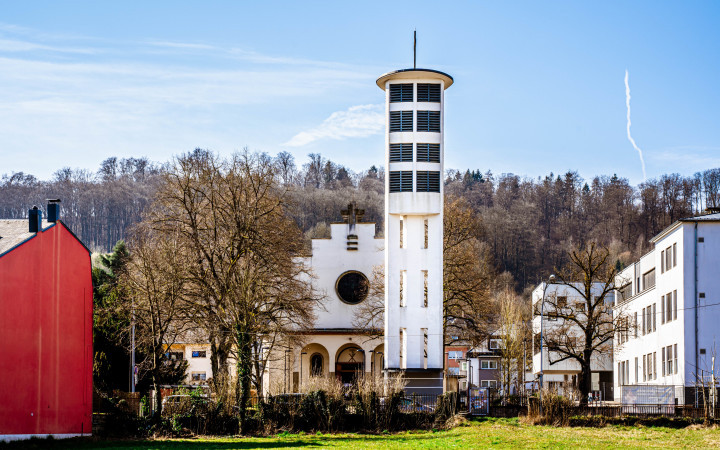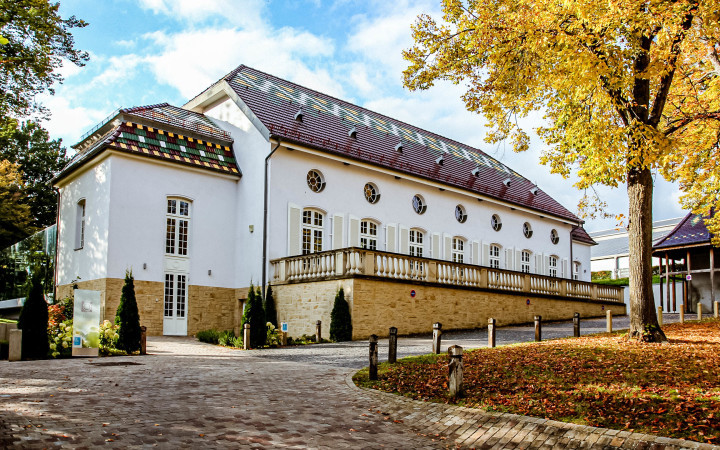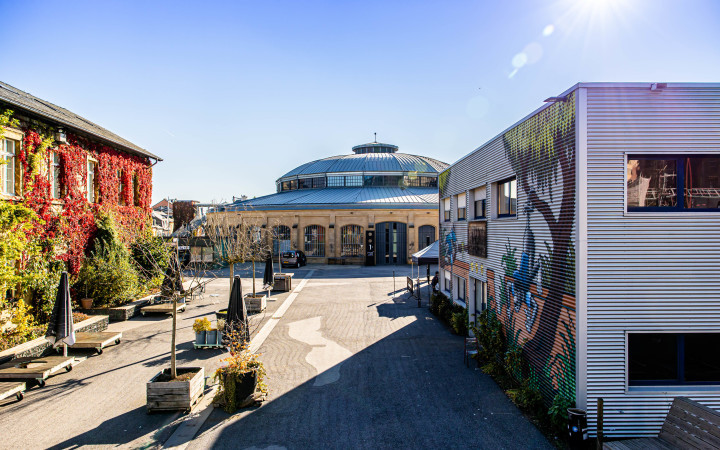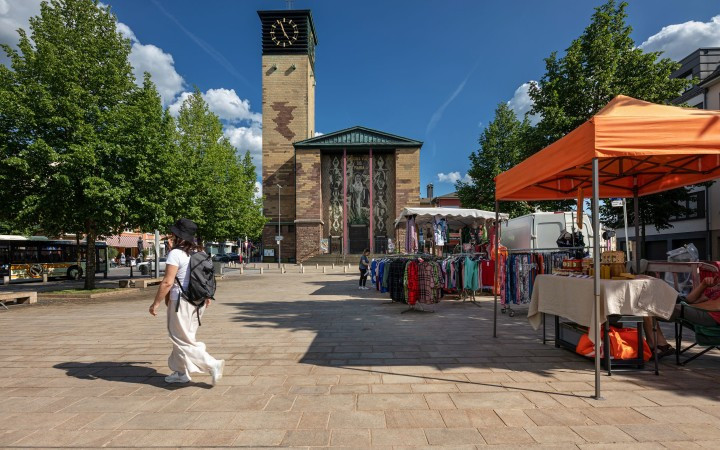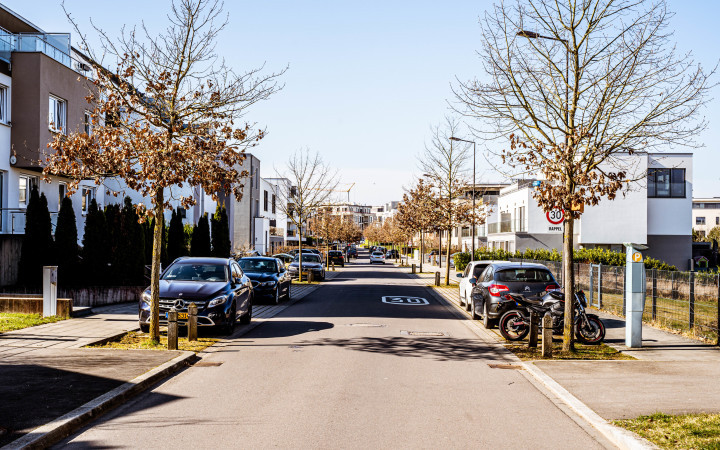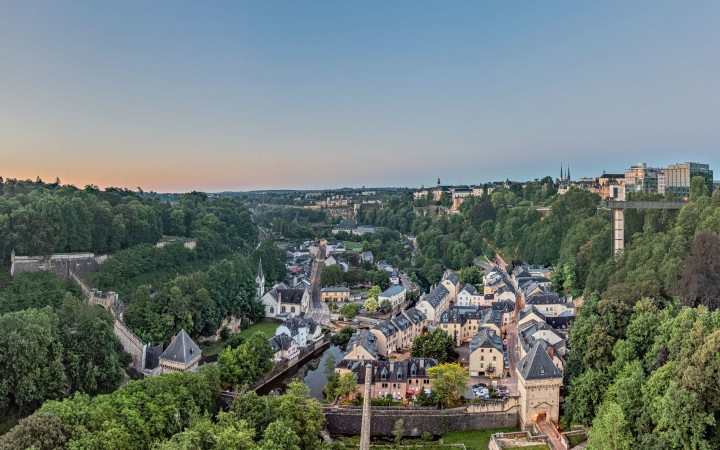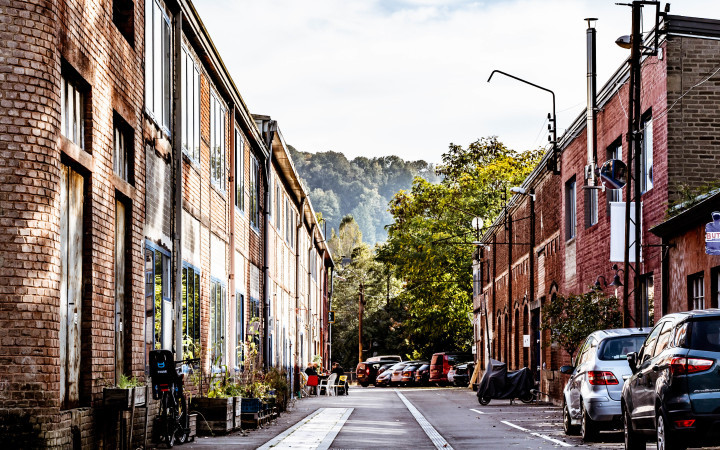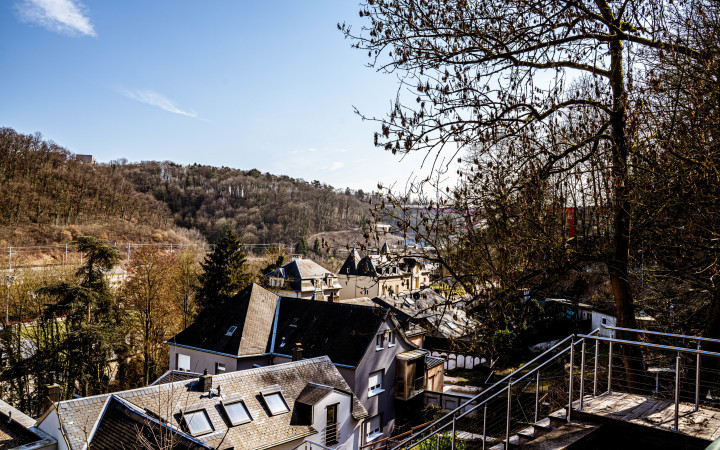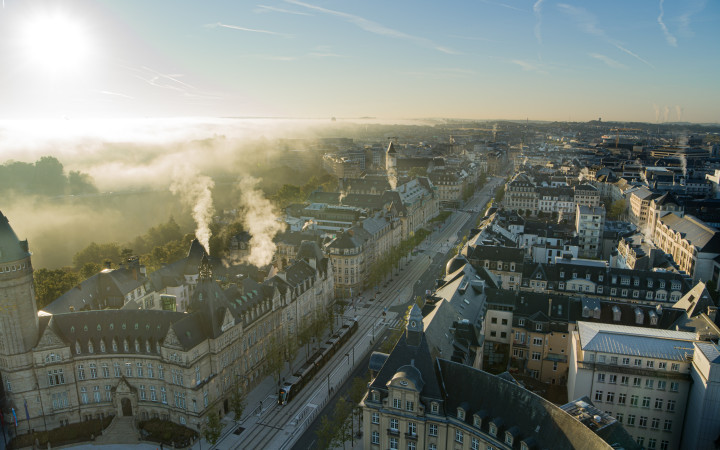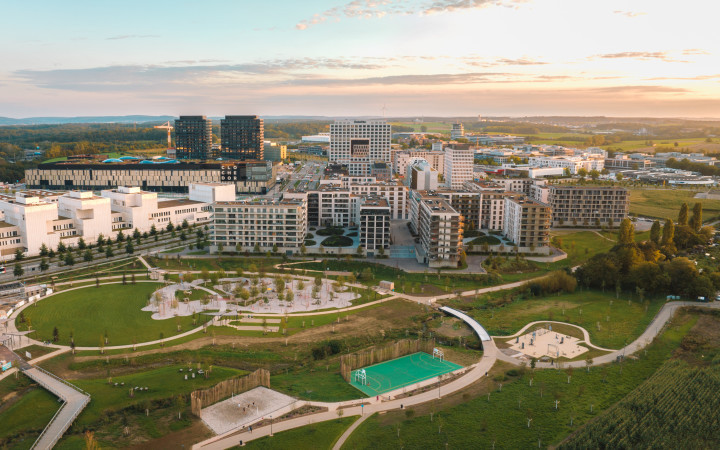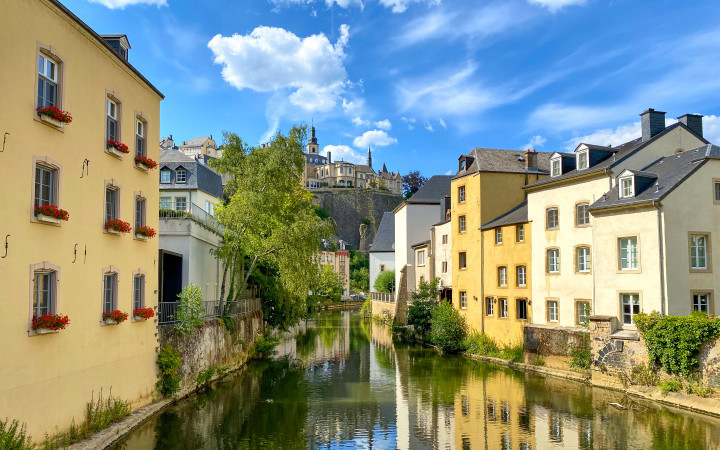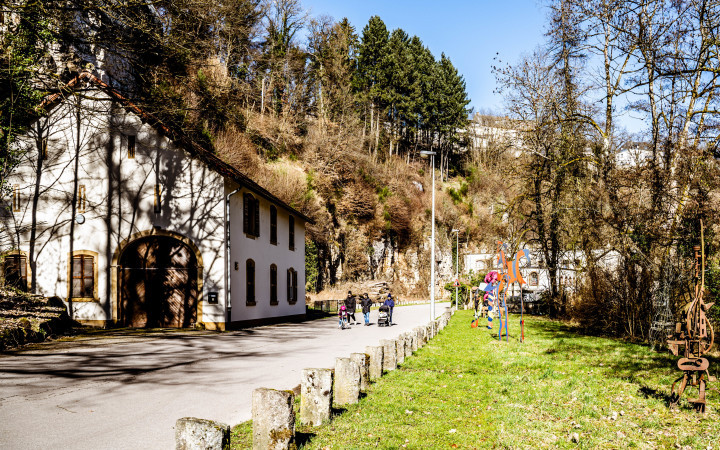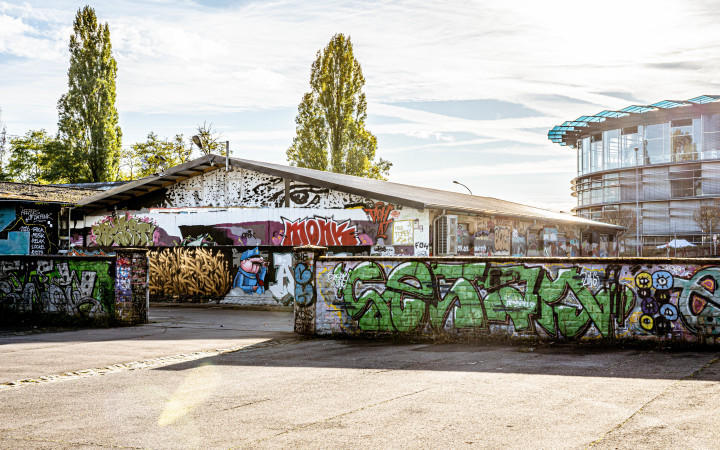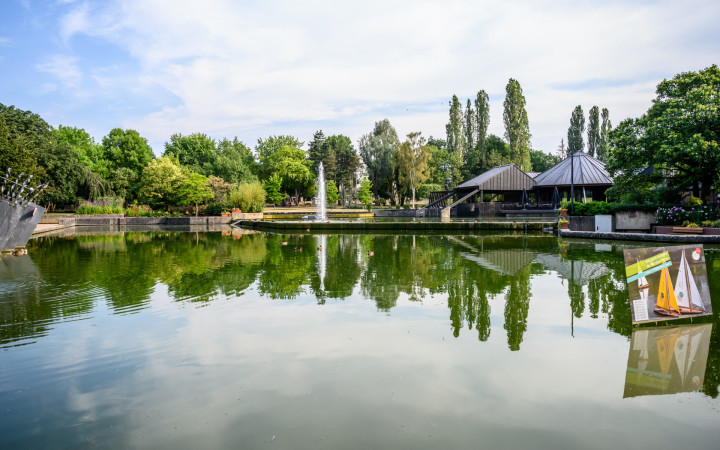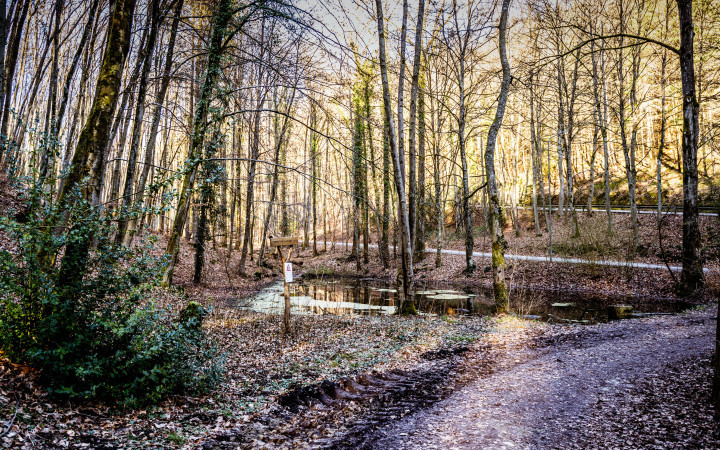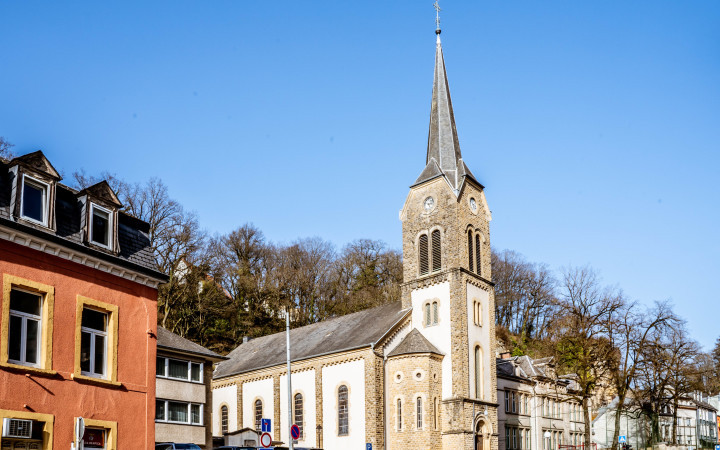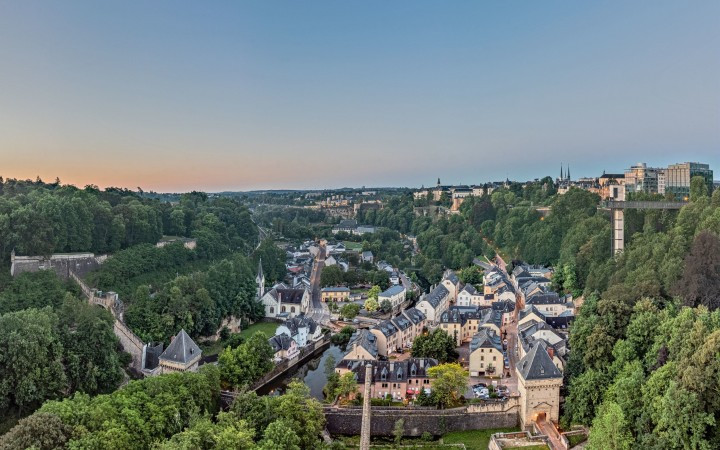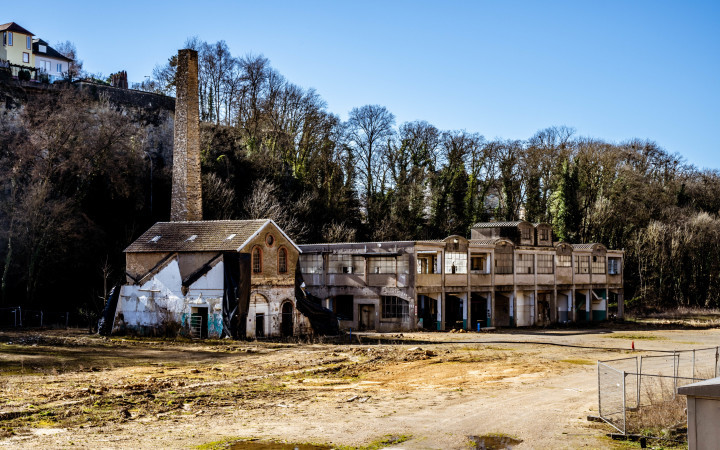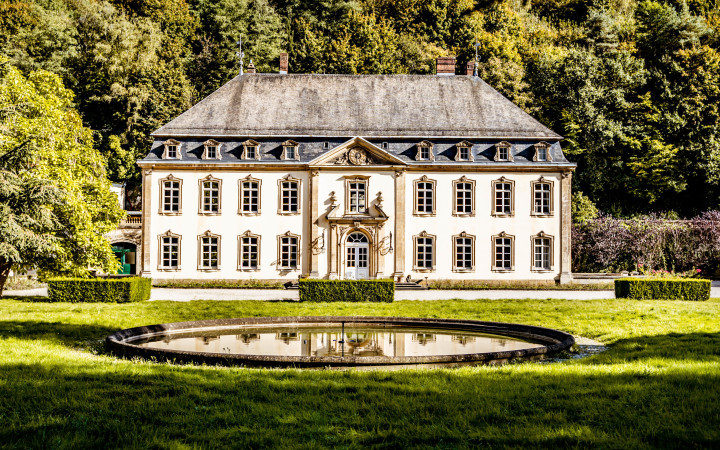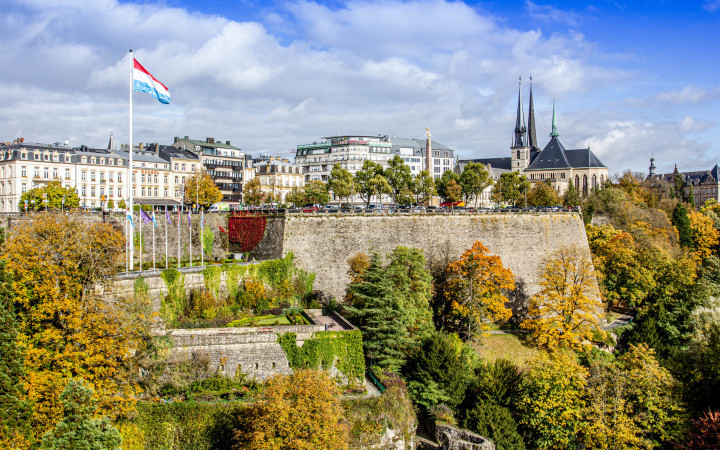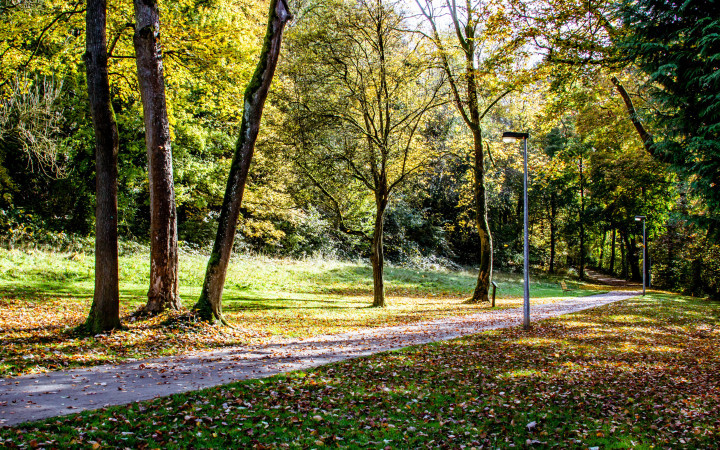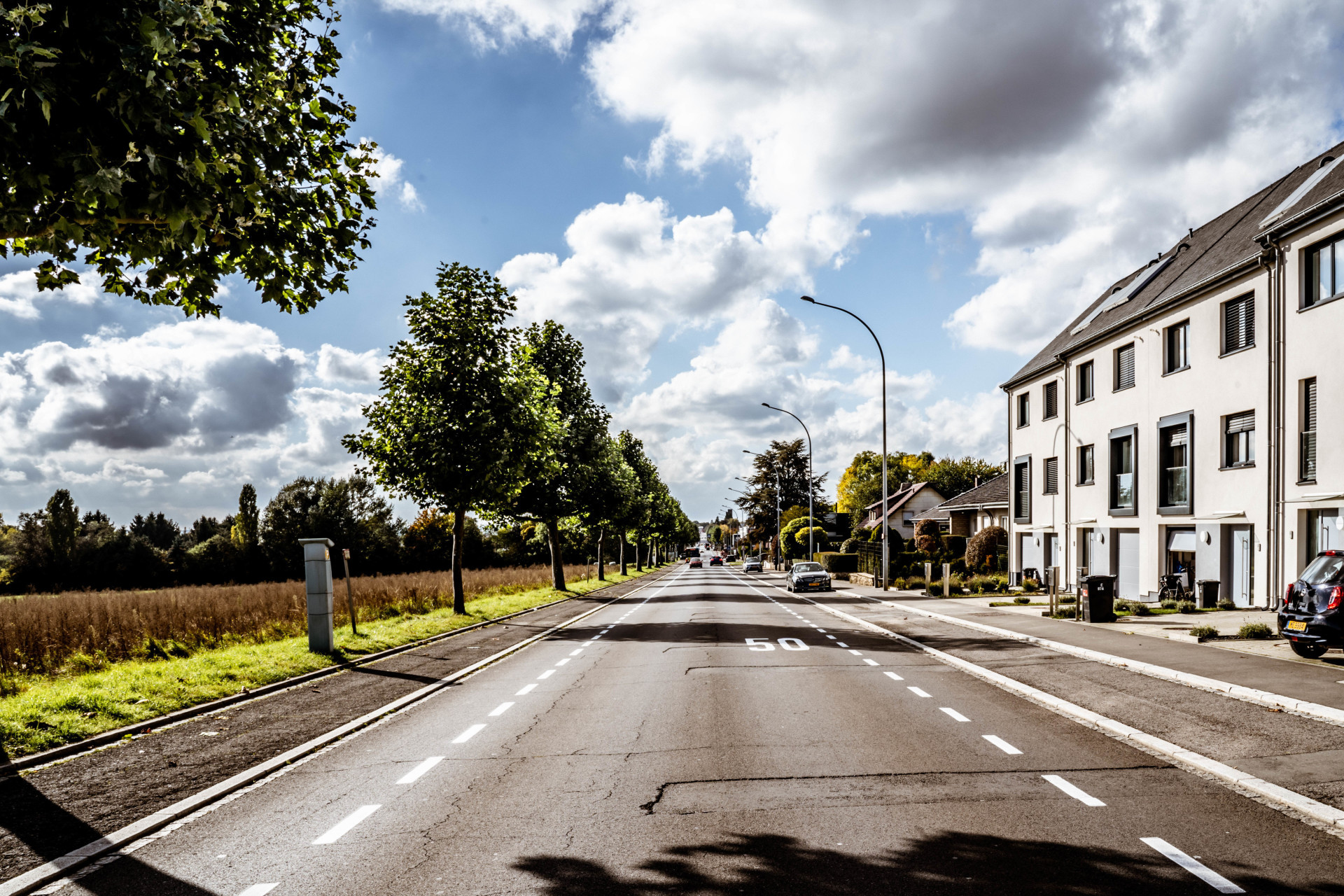
Cents
Up until the 1960s, the district of Cents, high up on a long plateau in the north-east of the capital, was still very much a rural idyll.
The "Fetschenhaff" farm
The origin of the name “Cents” (Luxembourgish: Zens) can probably be traced back to a tax (census in Latin) which tenants of Fetschenhaff farm and its fields had to pay to Altmünster Abbey. Aside from this important farm and the Convent of the Carmelite Nuns, founded in 1937, for a long time Cents was simply fields, meadows and woods.
The Fetschenhaff in the south-west of the district was a farm that had been there since 1255. On account of its sweeping views over the fortress town, the farm was repeatedly the site of military conflicts. Following the siege of Luxembourg by the French Revolutionary Guards from 1794 to 1795, the farm was first turned into a powder magazine, before gradually expanding to become Fort Fetschenhaff, which was renamed Fort Dumoulin in 1843, later spelled “Fort du Moulin”. The fortifications of Luxembourg City therefore at one time stretched all the way up to Cents.
The remains of the fort were last examined during an excavation in 2009. The casemates, armouries and powder magazines discovered during this dig cannot be visited, as they are now located under the FNEL building, the Luxembourg headquarters of the Guide and Scout Association.
In front of this building stands an imposing totem pole, a work of art created by Gilles Mausen that is well worth seeing. As Luxembourg sculptor Lucien Wercollier was also once a scout, it seems fitting to find a copper-coloured sculpture by him inside the FNEL building. Another work of art by Wercollier, Signe dans l’espace (A sign in space), can be found on Rue Robert Bruch in Cents’s “Cité Frommes” housing development.
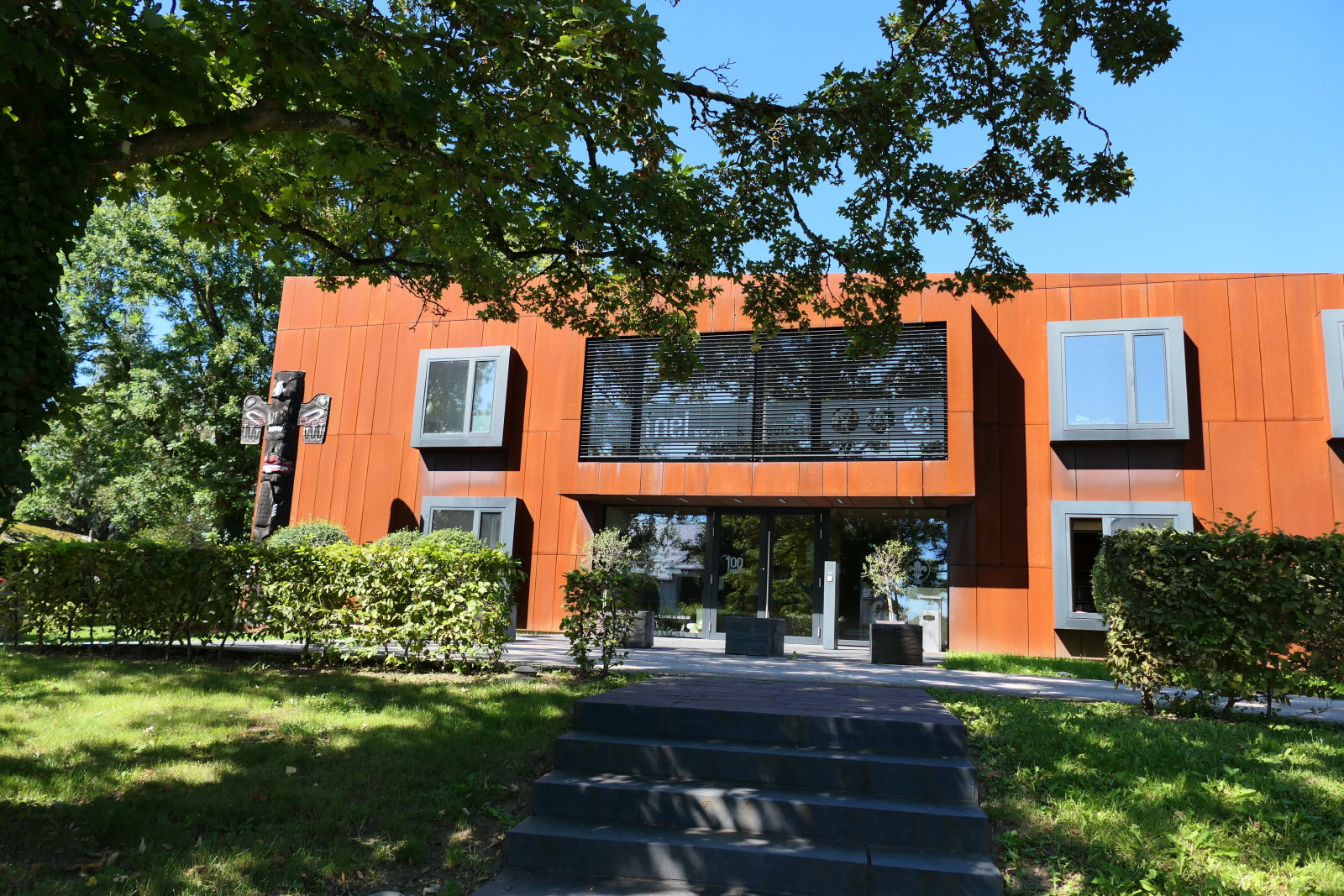
Convent of the Carmelite Nuns and Church of the Holy Spirit
A little to the north lies the Convent of the Carmelite Nuns, also known as the “Carmel”, built in 1937. It is a tranquil, peaceful place, on the edge of a wooded area called “auf der Heidt” and with a pretty chapel that is well worth a visit. For over 75 years, the Carmelite Sisters’ songs dedicated to Teresa of Ávila were broadcast live from within the convent walls by TV station RTL.
In the Church of the Holy Spirit in Cents, you can enjoy the artistic treasures and play of light in the stained glass windows by Franz Marc-inspired artist Théo Kerg, as well as marvel at the 5.7-metre wooden sculptures by South Tyrolean woodcarver Peppi Rifesser.
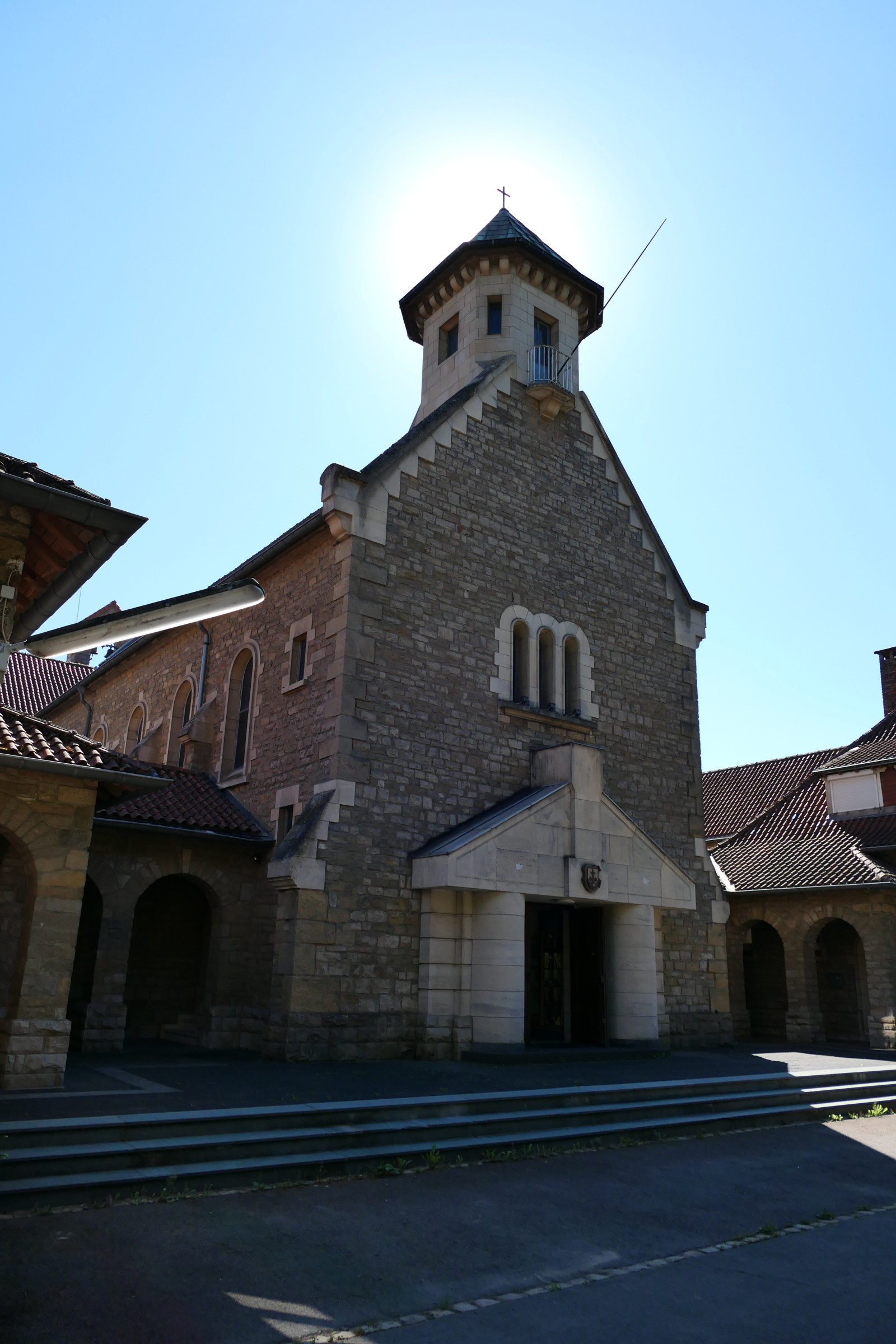
The "Fetschenhaff" farm
It was not until the early 1960s that the urban development of the Cents plateau began, with the construction of the “Cité Henri Frommes” estate. In 1963 came the National Sports Institute (INS), the neighbouring specialist sports secondary school and new residential areas. A réduit of Fort Rumigny is also located on the INS’s site. This fortified defence structure was built in 1688, but lost its importance after the construction of Fort Demoulin. The renovated remains of the réduit are still well-preserved today.
The predominately long, straight streets in the Cents district (Rue de Trèves, for example) can be attributed to Count Peter Ernst von Mansfeld – Governor of Luxembourg from 1545 to 1604 – and his fondness for long, straight roads.
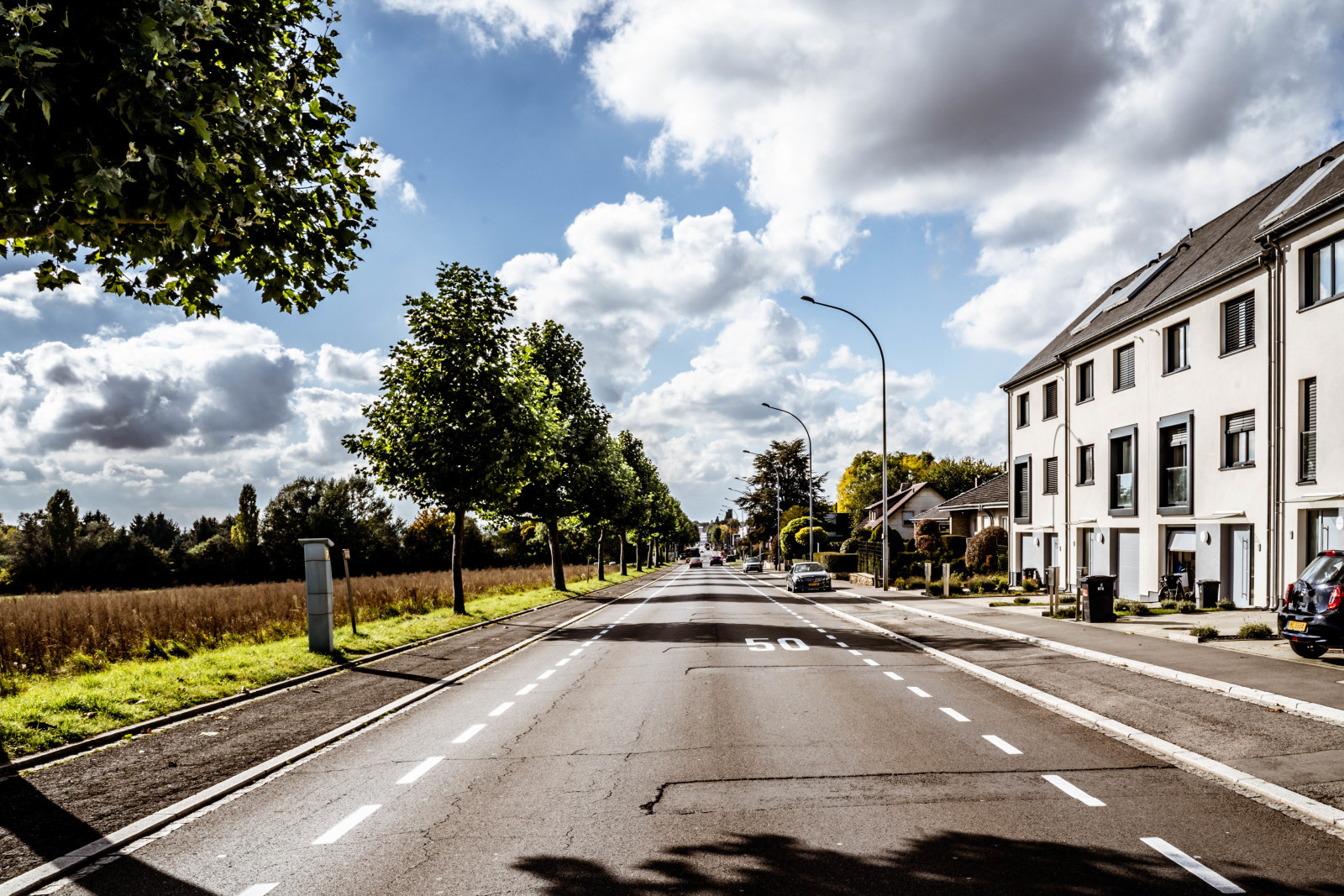
Photo gallery
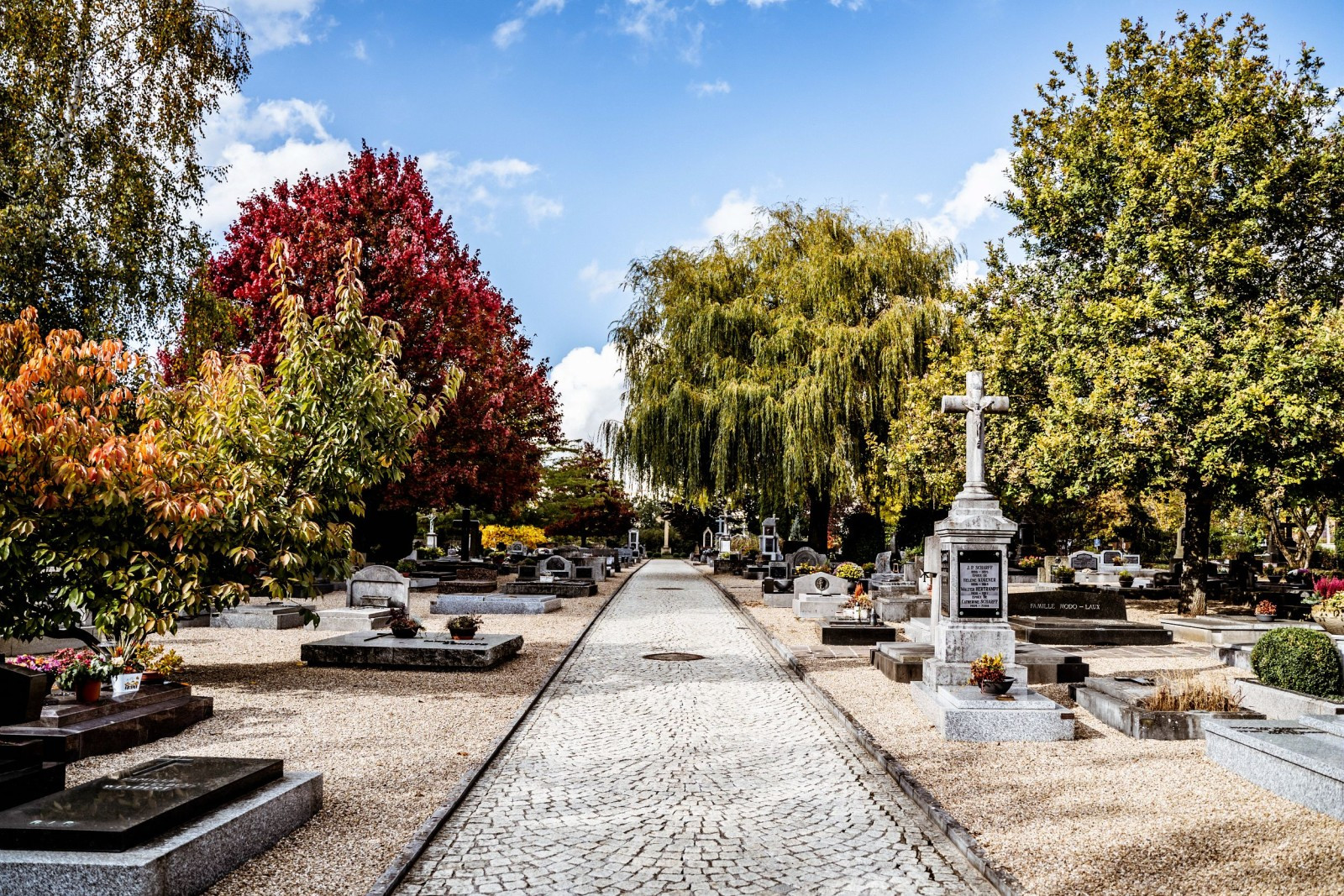
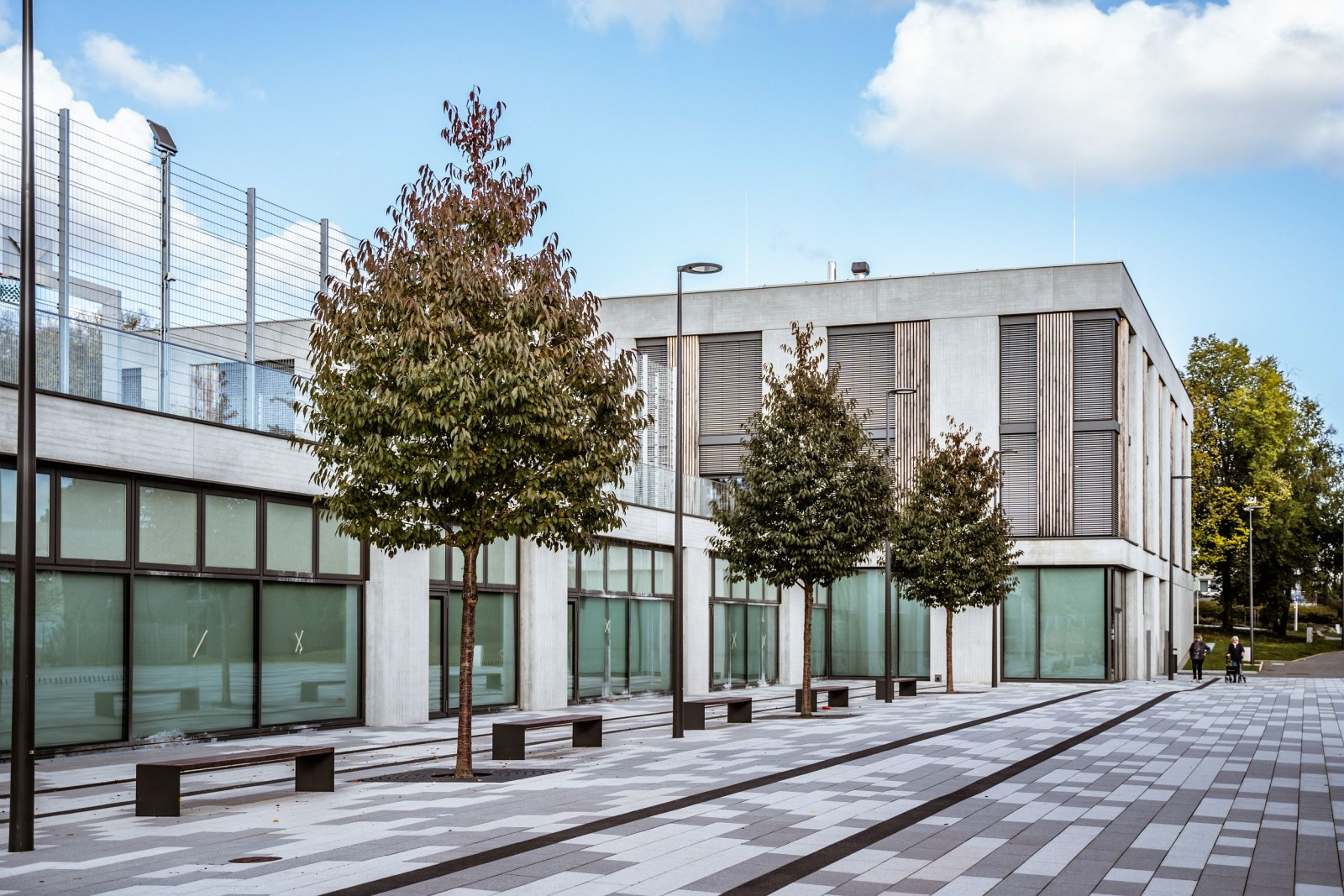
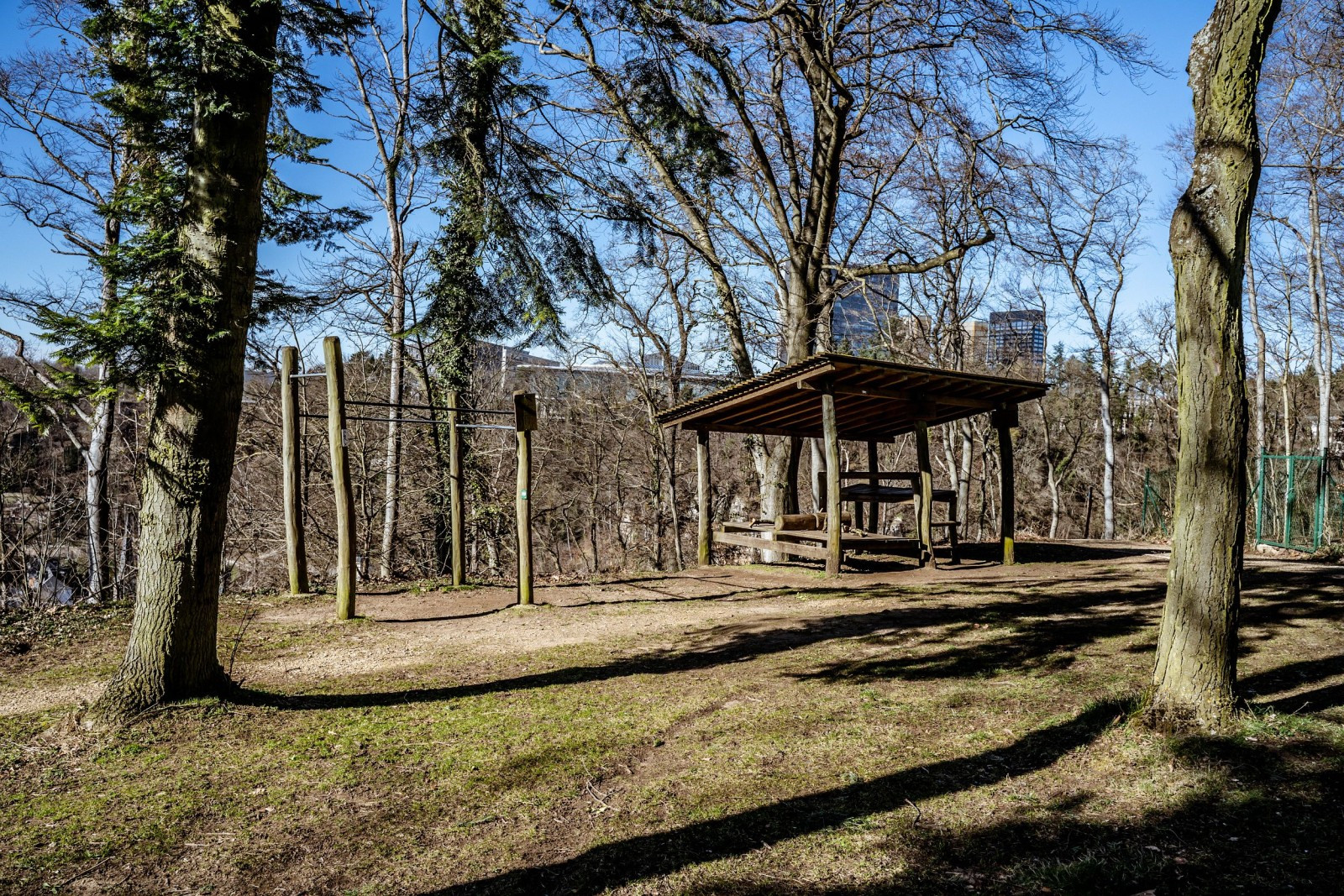
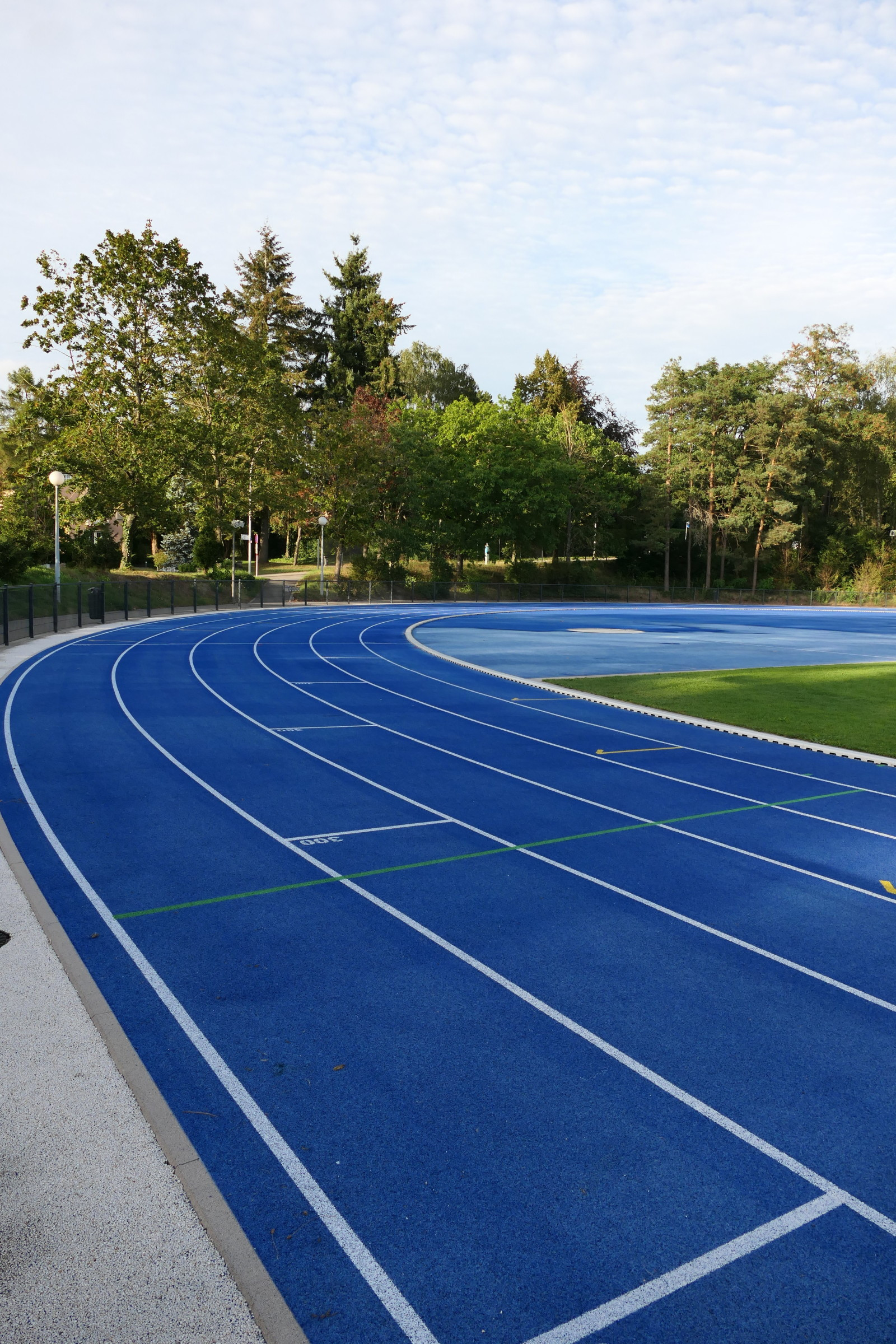
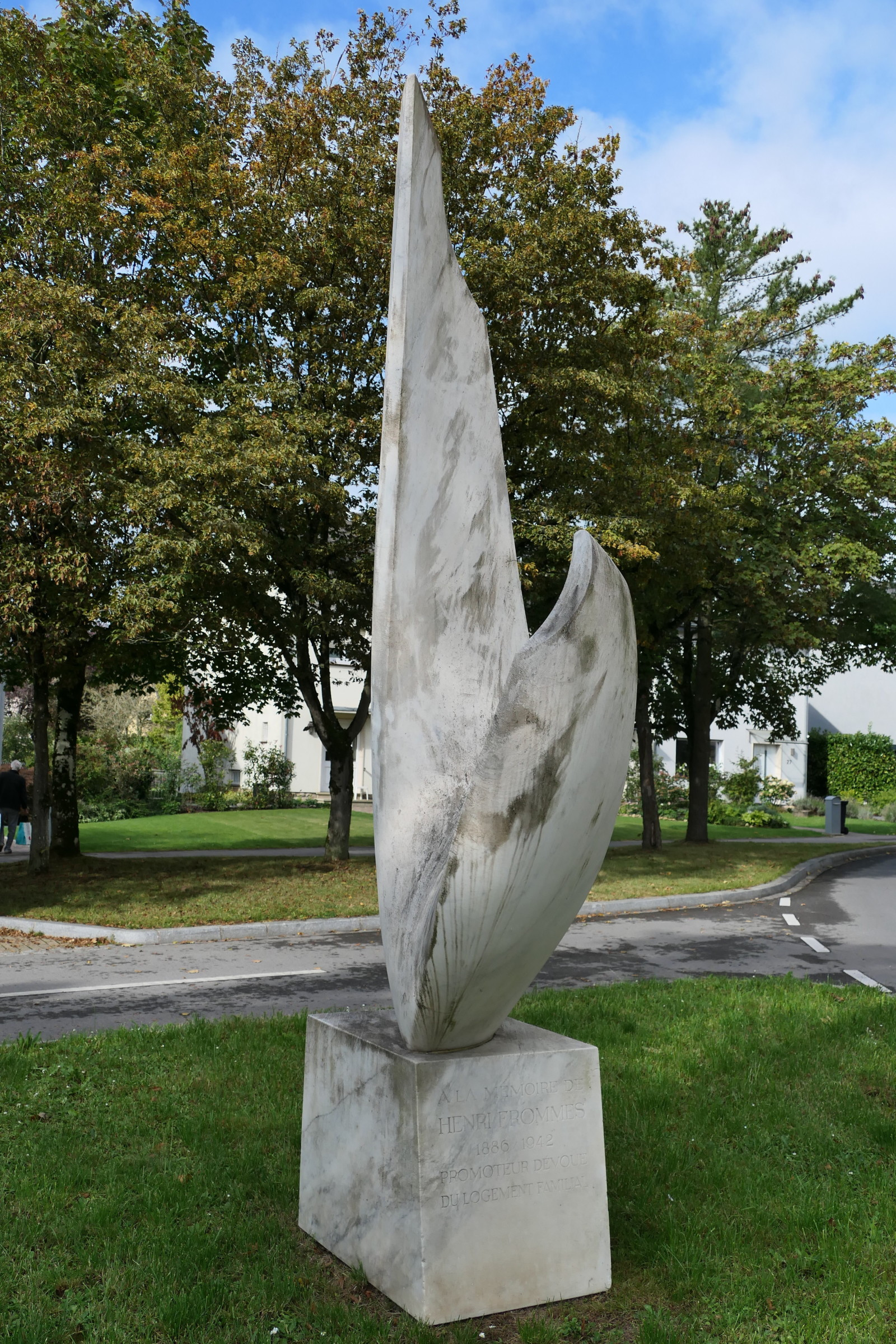
How to get there?
By car:
You can check for available parking spaces on the Luxembourg-city parking guidance system.
By public transport:
To go around the city, check out www.mobiliteit.lu which offers live and practical information on public transport in Luxembourg.
Useful information: all buses, trams and trains within the country of Luxembourg are free of charge for citizens and visitors alike.


